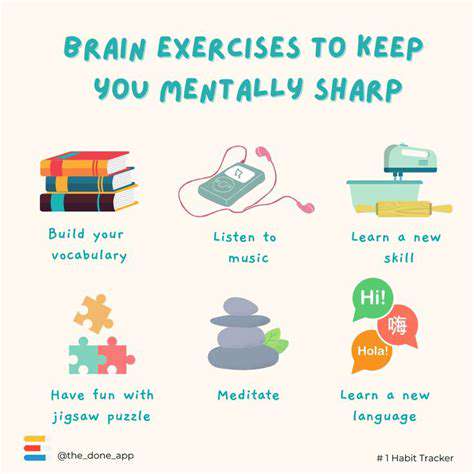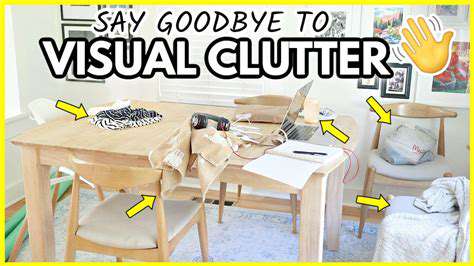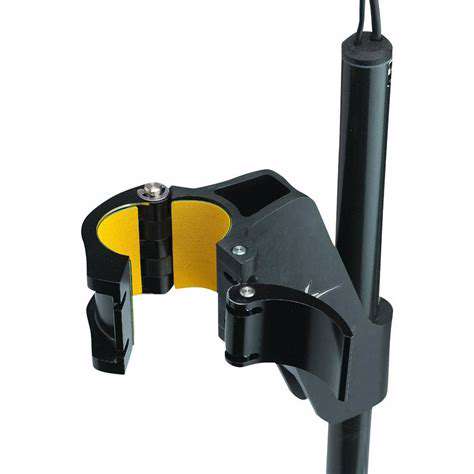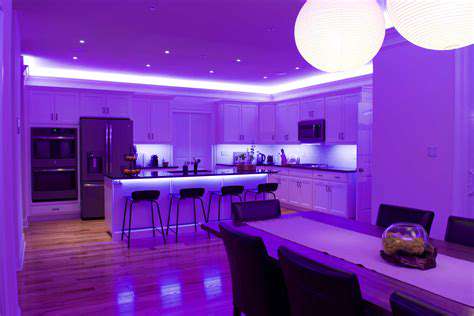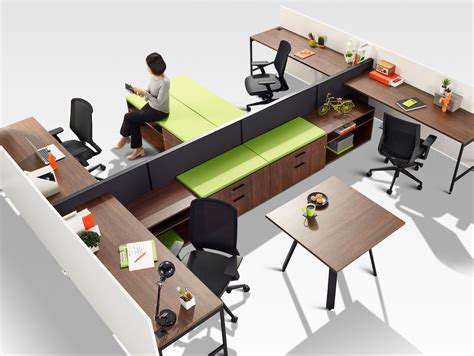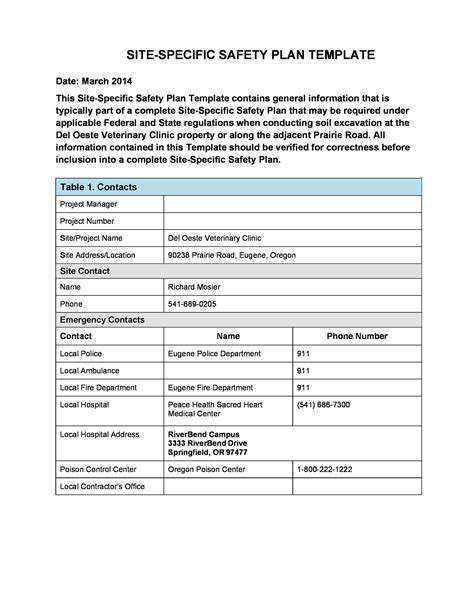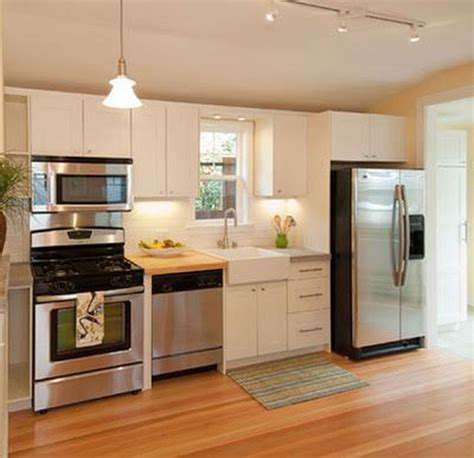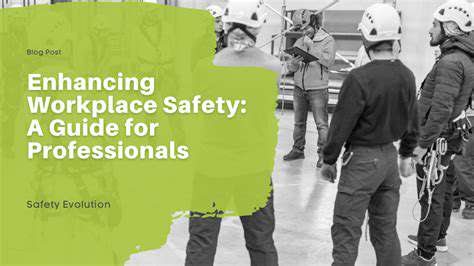Bathroom Makeover Ideas: Optimizing Wet and Dry Zones for Maximum Safety
List of Contents
Wet zones include showers and tubs, designed for water exposure.
Dry zones, like toilets and cabinets, should minimize moisture risks.
Non-slip flooring must meet specific slip resistance standards for safety.
Proper installation of flooring is essential to ensure safety benefits.
Grabbars should be durable and properly installed for user safety.
Anti-slip mats enhance safety in wet areas of the bathroom.
Proper lighting prevents accidents and enhances bathroom safety.
Smart tech, like motion sensors, improves safety and energy efficiency.
Regular maintenance of fixtures ensures optimal lighting effectiveness.
1. Understanding Wet and Dry Zones
1. Defining Wet Zones in Bathroom Design
Let's start by getting real about wet zones – these are the splash zones in your bathroom that see the most water action. Showers, bathtubs, and sink areas need serious waterproofing to avoid turning your bathroom into a mold factory. Here's a pro tip: slope those shower floors properly! I've seen too many DIYers forget this and end up with standing water issues. Industry guidelines recommend at least 1/4 inch of slope per foot for effective drainage.
When laying out your bathroom, think like a traffic controller. The National Association of Home Builders emphasizes leaving enough elbow room around wet areas – nobody wants to feel like they're showering in a phone booth. Pro tip: Position your shower controls where you can reach them without doing a balancing act. And hey, while you're at it, spring for those water-efficient fixtures. Your utility bill (and the planet) will thank you later.
2. Characteristics of Dry Zones and Their Importance
Now let's talk dry zones – the sanctuaries where you keep your fluffy towels and fancy bath products. These areas need to stay bone-dry, which is trickier than it sounds in a steamy bathroom. Here's the secret weapon: ventilation fans with humidity sensors. I recently installed one that automatically kicks on when moisture levels rise – game changer!
Choosing materials for dry zones is like picking armor for battle. That MDF cabinet might look chic now, but give it six months of bathroom humidity and it'll look like a science experiment. Go for marine-grade plywood or PVC-based materials – they laugh in the face of moisture. And don't skimp on lighting! Proper illumination isn't just for makeup application – it's your first defense against midnight bathroom stumbles.
2. Choosing Non-Slip Flooring
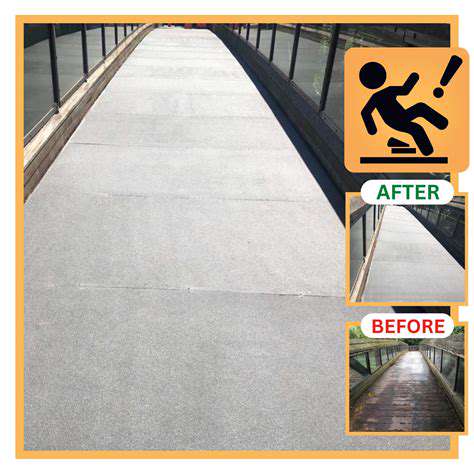
Understanding Slip Resistance Standards
Let's cut through the jargon: when we talk about slip resistance, we're really talking about staying upright. The ANSI standards aren't just bureaucratic red tape – that 0.50 COF rating could be the difference between a close call and a hospital visit. True story: My neighbor ignored these ratings and ended up with a broken wrist.
Recent innovations have given us flooring options that make ice rinks look slippery. Some textured porcelain tiles now boast COF ratings over 0.80 – that's like walking on sandpaper (in a good way). While these premium options cost more upfront, they're cheaper than a lawsuit or medical bill.
Popular Non-Slip Flooring Options
- Vinyl: The chameleon of floors – can mimic wood, stone, or even concrete
- Ceramic Tiles: Go for tumbled finishes – they're naturally grippy
- Natural Stone: Honed finishes over polished – traction matters!
- Rubber: Not just for gyms anymore – modern designs are surprisingly chic
Pro tip: Combine materials strategically. Use higher-traction tiles in wet zones and transition to smoother options in dry areas. I recently did this in a client's bathroom using slate-look vinyl near the shower and coordinating ceramic elsewhere – safety meets style.
Installation and Maintenance Considerations
Here's where many homeowners drop the ball: thinking installation is a weekend DIY project. Hire a pro who specializes in wet area flooring. They'll know tricks like using epoxy grout that resists mold and proper slope transitions. I learned this the hard way when my first tile job resulted in a shower that drained... into the hallway.
Maintenance is where the real battle happens. Weekly scrubs with vinegar-water solutions keep soap scum at bay. Never use wax-based cleaners – they create an invisible skating rink! And check those grout lines annually – recaulking isn't glamorous, but neither is water damage.
3. Installing Grabbars and Anti-Slip Mats
Choosing the Right Grabbars for Your Bathroom
Grabbars aren't just for seniors anymore – they're the seatbelts of bathroom safety. Skip the flimsy suction cup versions – I've seen those fail catastrophically. Go for stainless steel models with through-wall mounting. Recent designs include discreet options that double as towel racks or shelf supports.
Installation Guidelines for Grabbars
Height matters more than you think. After helping install hundreds of these, I've found 34 inches hits the sweet spot for most adults. Use a laser level – eyeballing it leads to crooked bars that drive Type A personalities nuts. And please – no drywall anchors! Hit those studs or use toggle bolts for tile installations.
Types of Anti-Slip Mats Available
Not all mats are created equal. My current favorite is natural teak shower mats – they're naturally antimicrobial and provide excellent grip. For budget options, look for PVC-free rubber mats with suction cups on both sides. Avoid those cute floral mats – their backing tends to disintegrate within months.
Maintaining Grabbars and Mats
Monthly maintenance prevents nasty surprises. For grabbars, a quick check with a torque wrench ensures screws haven't loosened. Mats need weekly flips to dry properly – I set phone reminders for this. Pro tip: Soak rubber mats in baking soda solution monthly to prevent that old tire smell.
4. Optimizing Lighting for Safety
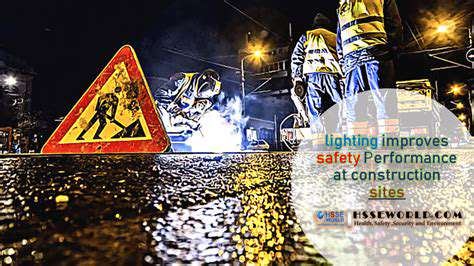
Understanding the Importance of Proper Lighting
Lighting isn't just about ambiance – it's a safety essential. Did you know 80% of bathroom falls happen due to poor lighting? I always recommend layered lighting: overhead LEDs for general illumination, vertical sconces at eye level to eliminate face shadows, and motion-activated night lights for those 2 AM trips.
Choosing the Right Types of Lighting Fixtures
Skip the trendy Edison bulbs – their warm glow creates dangerous shadows. Opt for 4000K LED strips under cabinets – the crisp light exposes every potential hazard. Waterproof rating matters! Look for IP65-rated fixtures near showers. Recent advancements in LED tech allow for ultra-slim profiles that blend seamlessly with modern designs.
Maintenance and Upkeep of Bathroom Lighting
Here's a trick most people miss: clean light fixtures quarterly with rubbing alcohol to prevent dust buildup. Replace all bulbs annually – even if they still work. LED brightness degrades over time, and you won't notice the gradual dimming until it's too late.
5. Incorporating Smart Technology
1. Smart Lighting Solutions
Modern smart lights do more than change colors. My current setup includes motion sensors that gradually brighten lights – no more blinding 3 AM light assaults. Pair these with humidity-activated exhaust fans, and you've got an auto-pilot bathroom that prevents mold while saving energy.
2. Innovative Safety Features
The latest smart mirrors are borderline magical. I installed one that displays water temperature warnings – crucial for preventing scalding. Leak detectors have evolved too; some now automatically shut off water mains when detecting abnormalities. After a client avoided $15k in flood damage thanks to these, I became a true believer.
Read more about Bathroom Makeover Ideas: Optimizing Wet and Dry Zones for Maximum Safety
Hot Recommendations
- Design a Modern Bathroom That Maximizes Space and Minimizes Risks
- Creative Living Room Ideas for Seamless TV Wall Integration and Dynamic Lighting
- Planning a Living Room with Impactful TV Backgrounds and Seating Options
- Innovative Bedroom Concepts to Transform Your Sleep and Storage Experience
- Modern Study Solutions for a Dual Purpose Office and Reading Area
- Modern Bathroom Ideas Featuring Wet Dry Separation and Safety Enhancements
- Expert Advice for Creating a Study That Supports Both Work and Personal Development
- Practical Bathroom Ideas for Enhancing Safety in Compact Areas
- Modern Children's Room Inspirations Focused on Color and Growth
- Creative Ideas for a Children's Room That Combines Safety with Modern Style



